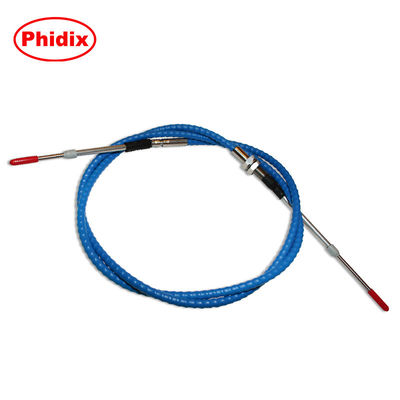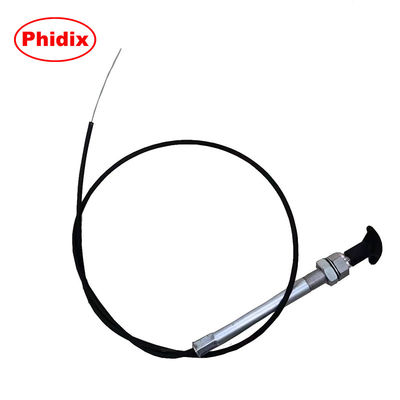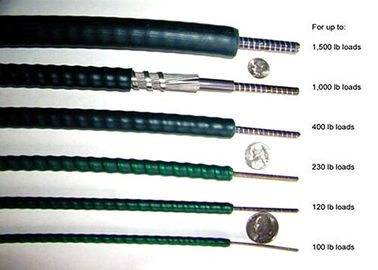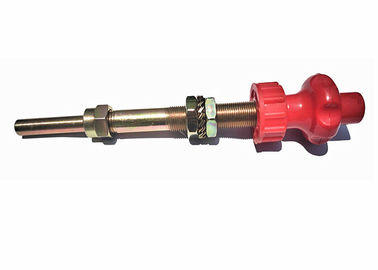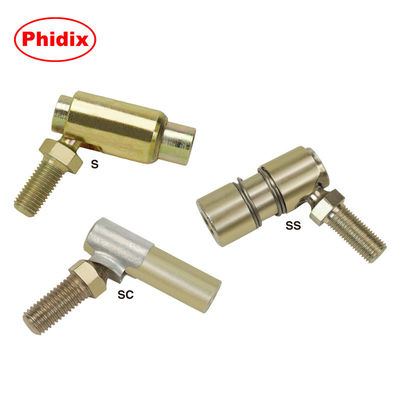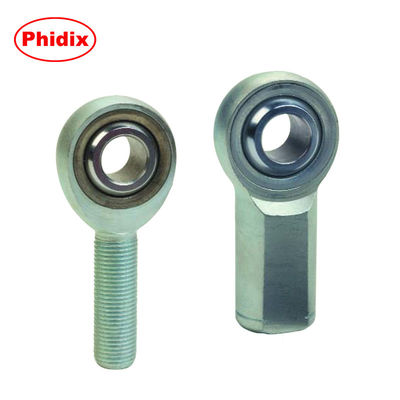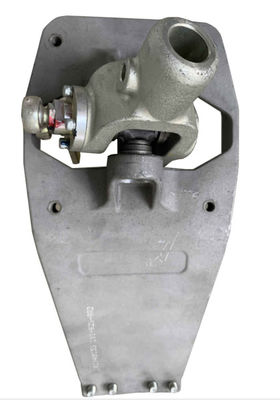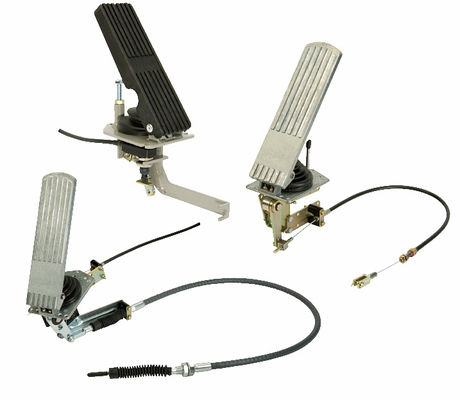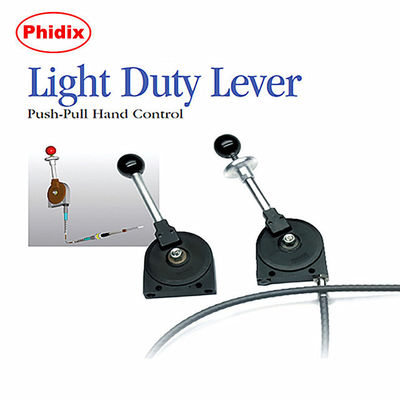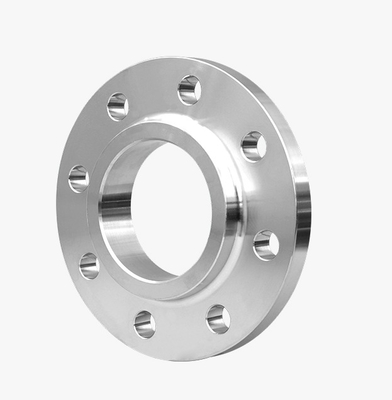We all love a clear choice—but in engineering, it's rarely that simple. When it comes to push-pull control cables, you’ll often face this question:
“Should I just go with the industrial standard version, or do I really need the high-performance one?”
Let’s break it down using two real options from Cablecraft:
The Standard Industrial Control Cable and the Performance Push-Pull Cable Assembly.
They’re both well-designed, well-built, and field-proven—but they serve slightly different masters.
Core Differences: It's About What You’re Asking the Cable to Do
If you line them up side by side, here’s what jumps out:
|
Feature
|
Industrial Series
|
Performance Series
|
|
Inner Core
|
Swaged steel jacket over stranded cable
|
Nylon-covered inner member
|
|
Conduit
|
Plastic-coated carbon steel, optional stainless steel
|
Plastic conduit with lower friction
|
|
Minimum Bend Radius
|
2"–6" (depends on duty level)
|
3.0" consistent
|
|
Temperature Range
|
-65°F to +230°F
|
Input end: -65°F to +165°F / Output end: up to +230°F
|
|
Sealing System
|
Molded floating seal (Model 5 or 6)
|
Standard wiper seals
|
|
Friction & Efficiency
|
Moderate to high depending on type
|
Designed for minimal friction
|
|
Load Ratings
|
Up to 1000 lb tension / 1500 lb compression (HD)
|
~120 lb tension / 25 lb compression
|
So in short: The industrial series is tough and broad-spectrum, while the performance version is all about smooth, responsive, low-effort operation.
Real Use Cases: Where Each Cable Belongs
Industrial Grade (Utility, Bristow, LF-EXT):
• Ideal for machinery where reliability and durability are key
• Great for applications like PTO engagement, valve actuation, hydrostatic drives, remote disconnects
• Comes in different duty levels (VLD to HD), covering light control to heavy actuator loads
• Excellent when the path is not too constrained and control cycles aren’t ultra-frequent
Performance Series:
• Built for scenarios where feel and precision matter—think cockpit venting, aircraft starter control, carburetor ice control
• Lower cable friction reduces hand fatigue
• Narrower bend routing thanks to flexible conduit and core
• Best used when smooth motion and cable responsiveness are non-negotiable
The Common Mistake: Over-Spec’ing or Under-Spec’ing
We’ve seen both:
• A small equipment manufacturer overbuilt their whole control system with high-performance push-pull cables—resulting in increased cost but no real gain, because their usage frequency and motion demand didn’t justify it.
• A high-vibration test rig used standard industrial cables, which worked—until operator fatigue and feedback lag became an issue. Upgrading to performance cable made a visible difference in precision.
Moral of the story? Understand what matters in your specific use case:
• If it’s about brute force and longevity → industrial.
• If it’s about feel, precision, and ergonomics → performance.
Quick Tip: Match the Cable to the Application, Not the Price Tag
It’s tempting to just go with “what worked last time,” or what looks cheaper upfront. But cables are one of those components that don’t just transmit motion—they define how that motion feels.
A good rule of thumb:
“If your operator notices the cable, it's either really bad—or really good.”
If you want the latter, think carefully before you spec.
Want to See These Cables Side by Side?
We offer both versions, with full customization available for travel, end fittings, seal types, and more.
Need help selecting the right configuration? Just send us your layout or performance spec—we’ll help you map it out.

 Your message must be between 20-3,000 characters!
Your message must be between 20-3,000 characters! Please check your E-mail!
Please check your E-mail!  Your message must be between 20-3,000 characters!
Your message must be between 20-3,000 characters! Please check your E-mail!
Please check your E-mail! 
